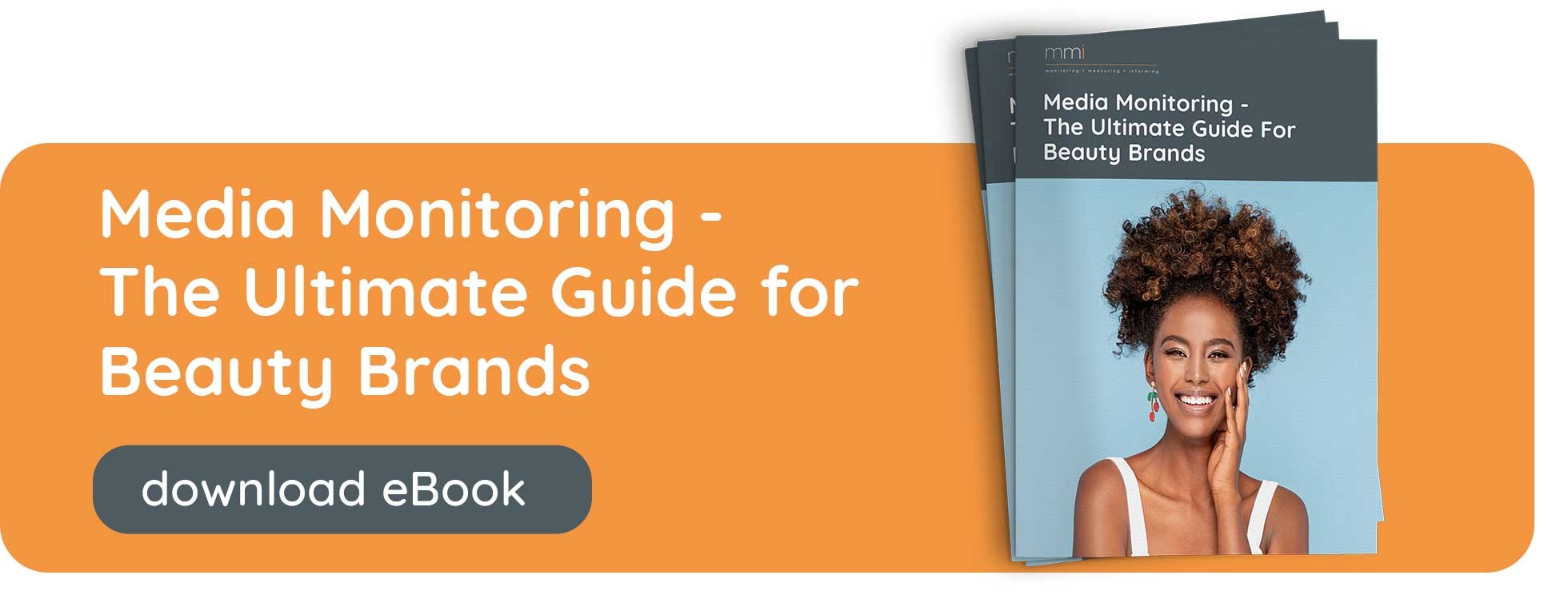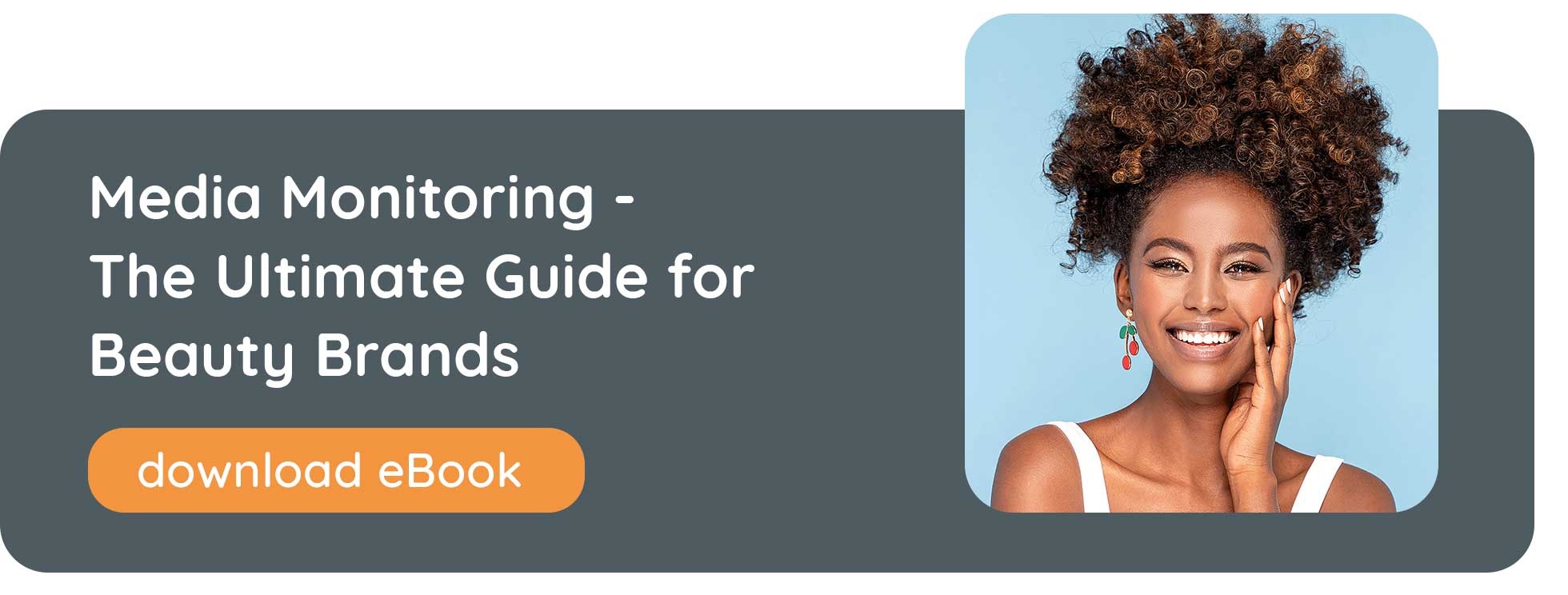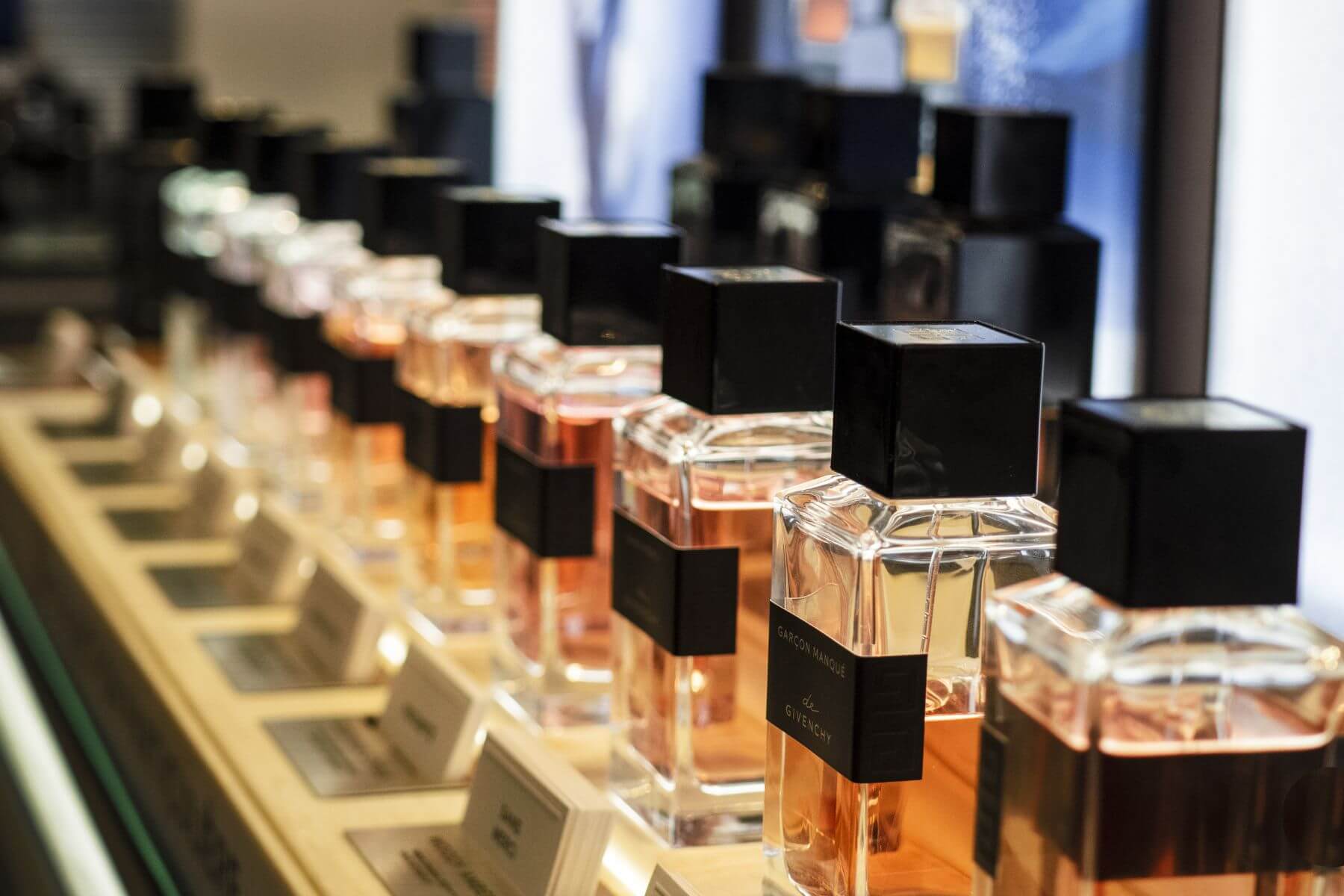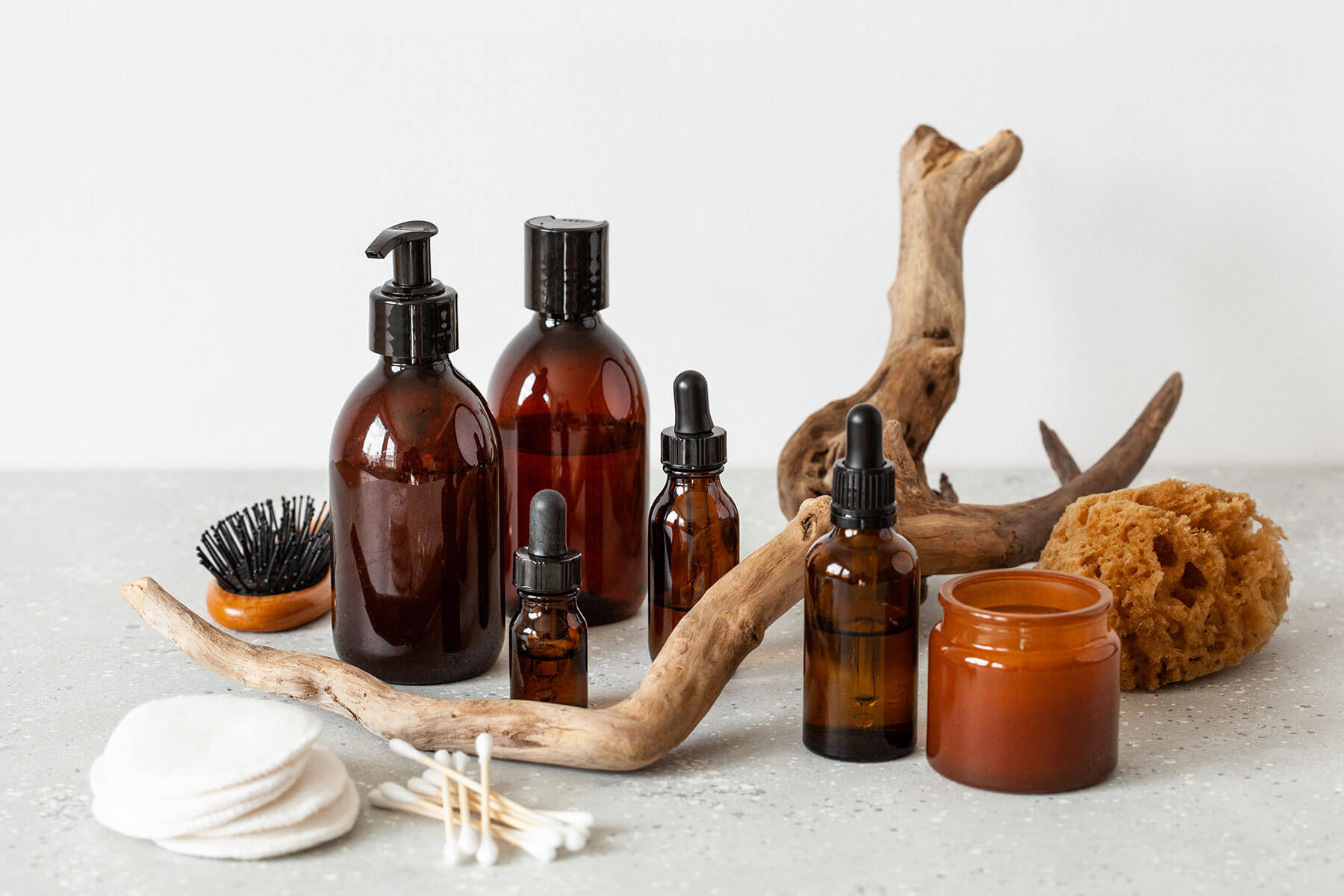Where once using data to drive brand decisions was the reserve of the industry’s key power players, now beauty is steeped in analytics. Data dominates in beauty brands big and small. It’s the difference between gut-feel and fact-based strategies, the driving force behind our digital disruptors, and a crucial cornerstone of ecommerce that helps you see your customers in clearer light.
However, while it’s easy to understand why beauty brands need data to succeed in digital, the ways in which that data should be used are not always as straightforward. With an array of channels to analyse and an abundance of data to gather, what should you be looking to achieve with your insights? Here are five ways data enables you to reach your objectives…
1. Helps You Understand the Industry Landscape
It can be challenging to keep your ear to the ground when the industry is always changing. Every day, it seems, new beauty brands and products are making their debut on digital. By using benchmarking data, however, you can start to better understand the industry landscape – especially when using tools that provide a beauty market view.
Benchmarking is vital to every element of a digital strategy, whether you’re looking at your social media performance or observing your earned media coverage. While performance metrics can help you measure your growth in isolation, benchmarking data puts every one of your insights into actionable context. From there, you can identify which brands are winning in each channel, when these wins occurred, and what tactics they used to reach their goals. This helps to refine your own strategies.
Benchmarking data also puts the spotlight on up-and-coming beauty brands. By pinpointing rapid growth from a newcomer, these insights help you spot potential threats to your performance.
2. Refines the Decision-Making Process
Beauty is a trend-driven industry, so tapping into trends is key to success. But how do you identify lucrative patterns and set them apart from flash-in-the-pan activities? Whether you’re looking at trends at product level or on social media, it’s important to validate decisions with robust, granular data that helps you avoid anecdotal observations.
For example, granular data will ensure you find the most impactful influencers. Instead of choosing talent based on face value factors (like follower counts and grid aesthetic), you can verify their influence to understand how it matches up with your KPIs. The right tool, such as Influencer Connect, will help you measure their reach, engagement rate, follower growth and audience demographics. It will also underline any red flags that point to a lack of authenticity. Discovering authentic talent is an issue for 52% of beauty brands, underpinning the need to decide with data, rather than focusing who seems popular.
3. Highlights Gaps in Your Media Coverage
Sometimes, when looking at media coverage your brand has earned, it’s easy to get lost in the wins and focus on the areas where mentions are at a high. It’s also important, however, to look for gaps in your media strategy. This is where data can come in useful, helping to highlight any missed opportunities.
Quickly and efficiently, a tool such as mmi Media can pinpoint coverage gaps, both by looking at your data and that of your competitors. It might show you the success another brand has experienced from a TikTok tag, or how an exclusive launch boosted their press mentions. This, in turn, can then be used to guide your future strategy, enabling you to fill the gaps and maximise your media presence.

4. Optimises Your Co-Op Advertising
Co-op advertising, carried out correctly, has a big impact on sales revenue. For the uninitiated, these are ads that appear on a third-party retailer’s website. Revenue from these ads has a direct relationship with your share of voice (SOV); a metric that measures the visibility your brand owns compared to your competitors.
That’s why, when negotiating co-op ads, it’s important to use SOV as a guide. This ensures you don’t go into discussions blind, and have data to back up your decisions around placement. You’re looking for:
- A high share of voice, significantly larger than that of your competitors’.
- Placements that have performed well for beauty power players during key consumer periods.
The right tool, such as adCHECK, makes this possible by providing you with data for your chosen retailer. It also enables you to track the performance of your ad after it has gone live. 22% of online fragrance ad placements with third-party retailers aren’t executed in line with the brief, so it’s important to use data to check your ad appears as expected. Otherwise, you could be due a rebate.
5. Ensures You Keep On Top of Stock Levels
In this ‘new normal’ age of ecommerce, stock levels feel more unpredictable than ever before. On-off lockdowns and changes in consumer behaviour have thrown brands’ SKU patterns askew. This makes the need for data all the more pertinent; not just for mitigating ‘out of stock’ notifications, but also for forecasting future supply issues, so you can distribute accordingly.
By gathering stock data for all retailers and keeping an eye on supply, you can start to predict how shifts in your customers’ lives (such as store openings) will impact your distribution. The result? Stronger relationships with happy retailers, and a steady supply chain that ensures customers will always get the products they want.





